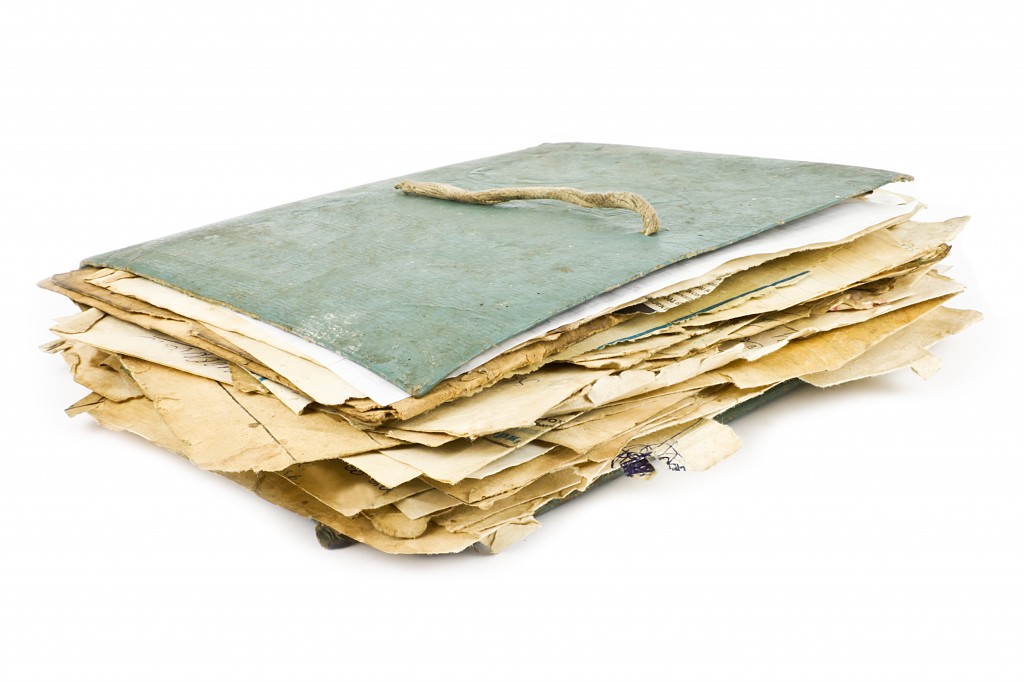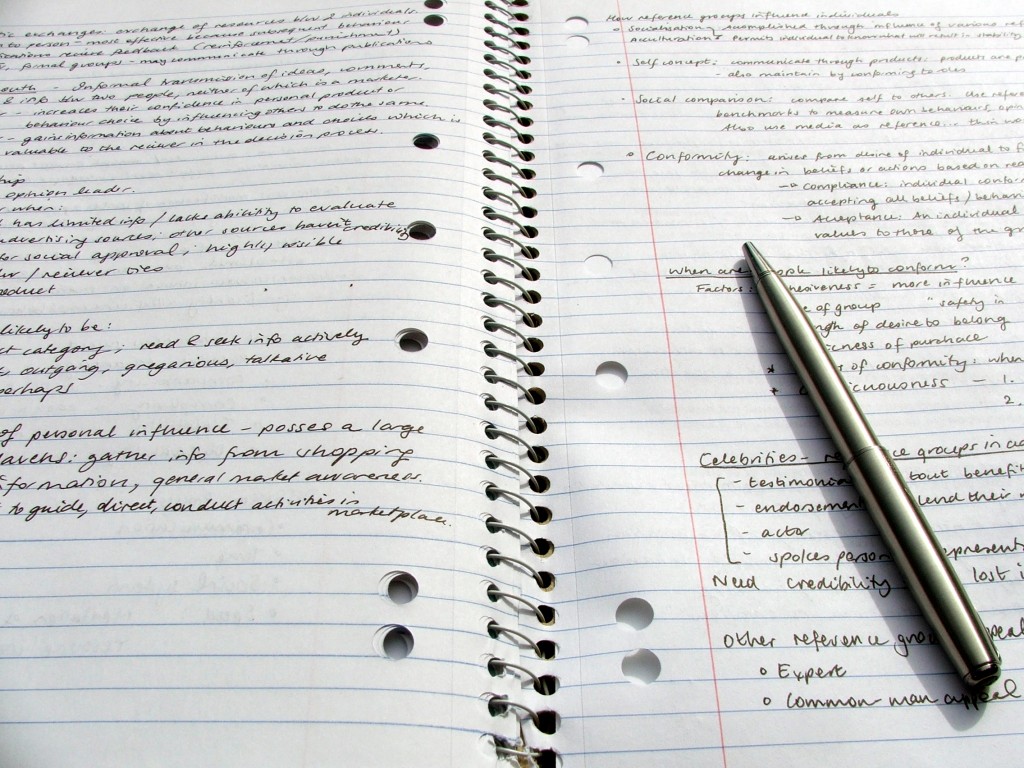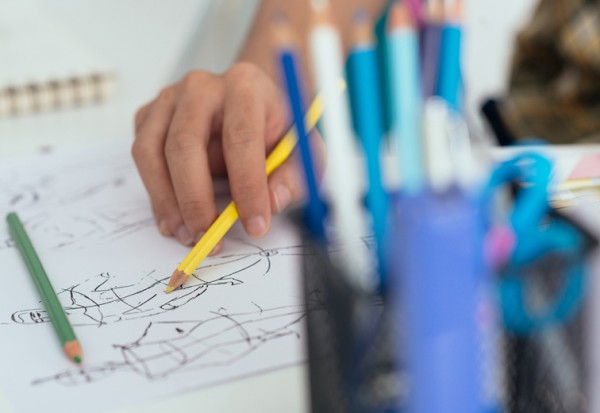Your creative portfolio is an important part of your interview process. It tells us not only what you can do, but also who you are – what you feel passionate about, how experimental you are and where your creative strength lies.
We’ve put together five steps to creating the perfect portfolio; what to include and what traps to avoid…
1. Dress it up!

You wouldn’t attend an interview in ripped jeans and a dirty t-shirt (hopefully) so don’t let your portfolio ruin your style. Keep it smart, clean and well presented. No bent sleeves, ripped corners or scuffed edges. The interviewers will get an initial (and lasting) impression about you from the closed portfolio, long before they look at the work inside.
2. Know what’s in there!


Often in an interview you’ll be asked to talk about your favourite piece of work, but sometimes the tutors will pick something at random and ask you about that one instead. Make sure you can talk about each item in there – why you made it, what your thought process was, what techniques you used and which artists influenced you.
3. The three R’s: Research, Research, Research!

Remember you will be asked to talk about artists that you like, the latest trends and even current events in the art world. Do your research, read art magazines and blogs, attend seminars and visit museums. The tutors want to know that you’re keen to learn about the people behind the artworks, the history, and the movements – not just the practical learning. Include in your portfolio examples of the contextual research you completed before starting a project – show them that you can study as well as create.
4. Show your working

Whereas your school or college may have suggested you fill your portfolio with final pieces, our tutors have specifically stated they want to see the sketches and preliminary works as well. So don’t be afraid to show your mistakes, your change of hearts, your learning curve and your initial planning – mood boards, colour palettes, test shoots etc. “We want your portfolios to show us the footprints of wear your brain has been’.
5. Finally, Don’t forget to write!

Whilst the majority of subjects that require a portfolio are based in the School of Art and Design, that doesn’t mean you will never have to do any written work. Be sure to include an example of an essay or document that is all your own work; this shows you have the academic skills as well as the artistic, making you stand out as an interviewee. Also remember to annotate everything – this is a key thing that most candidates forget about, but it’s so important! It shows the interviewers that you can evaluate your work, reflecting upon the pros and cons, successes and mistakes.
Keep these steps in mind and you will have given yourself, and your portfolio, the best chance. Good luck!
The small print..
The above applies to all course routes within the Design and Visual Arts Programme. Your particular interests and aspirations will result in a different bias within your work. This would indicate to the staff reviewing your portfolio, whether you have applied for the most appropriate route and they will advise you on this matter as necessary. It is for this reason that staff are interested in seeing a complete cross-section in your portfolio, not just the ‘best’ examples of your ‘finished’ work.
The interview will be conducted by a member of our teaching staff with expertise in the course you have applied for, sometimes we ask our second or third year students to sit in with us and to give candidates a tour of our facilities. We feel this gives you a chance to ask wider questions about life as a student and hear the answers from someone who has recently made the same decisions as you.
We hope that you find this information useful and that it helps to make your interview a positive step towards a successful career in the creative industries.






